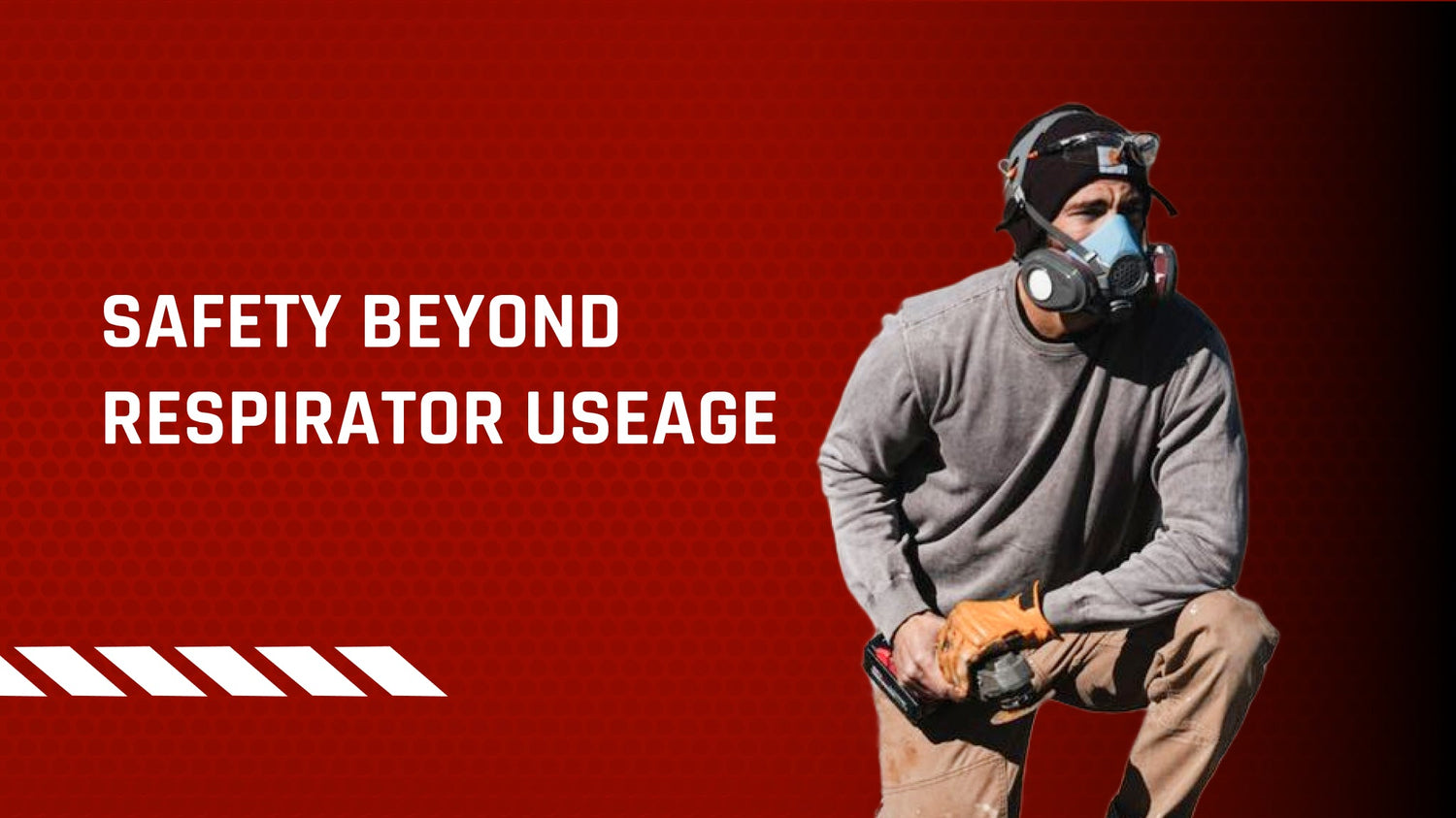What is the importance of a holistic safety approach in industrial settings?
In the ever-evolving realm of industrial operations, safety goes beyond a simple checklist; it's more like a finely woven tapestry of various elements. Adopting a holistic safety approach is crucial. It means implementing a thorough strategy that goes beyond isolated safety measures to foster an environment where the
Comprehensive Risk Management:
When we talk about a holistic safety approach, it means looking at every nook and cranny to make sure we're safeguarding against all possible risks. It's not just about fixing immediate issues but setting up a solid plan to foresee, identify, and tackle any potential threats to our team and processes.
Workplace Design and Ergonomics:
How our workplace is laid out matters a lot for safety. Think well-lit spaces and furniture that doesn't strain the back—it's about creating an environment that doesn't just prevent accidents but also takes care of our team's overall well-being.
Integration of Technology:
We're living in the age of tech, and it's not just for gadgets. Technology is a game-changer for safety too. From smart monitoring systems to cutting-edge equipment with safety features, a holistic approach embraces these tech solutions to up our safety game.
Health and Wellness Program:
Safety isn't just about avoiding accidents; it's also about keeping our team healthy and happy. Holistic safety includes programs that look after both physical and mental health. By promoting a culture that values well-being, we not only prevent injuries but also make our team's lives better.
Training and Education:
Knowledge is power, especially when it comes to safety. Regular and thorough training programs give our team the skills and know-how to navigate the challenges of our work safely. This isn't just about technical training; it's also about instilling a safety-first mindset in everyone.
Environmental Consideration:
Safety isn't just about us; it's about the world around us too. A holistic safety approach looks beyond immediate concerns to consider the broader environment. This involves steps to reduce our impact, promote sustainability, and ensure our industrial processes are in sync with the health of our surroundings.
Collaborative Safety Structure:
Safety isn't a one-person job; it's a team effort. A holistic approach means creating a culture where everyone, from the frontlines to the big bosses, is actively involved in promoting and following safety rules. It's about open communication and a non-blaming attitude when incidents happen.
Continuous Improvement:
Safety isn't something we achieve and forget about; it's an ongoing journey. Organizations committed to holistic safety are always looking to get better. Regular checks, learning from experiences, and updating our safety plans—it's a dynamic process that evolves with our changing work environment and new challenges.
What are the additional safety measures to complement respirator use?
In addition to using respirators, several supplementary safety measures can enhance overall protection in industrial settings:
Ventilation: Implementing proper ventilation systems helps remove airborne contaminants from the workplace, reducing exposure levels for workers. This can involve natural ventilation, mechanical systems, or a combination of both.
Hazard Control: Identifying and controlling hazards at the source is crucial. This may include engineering controls such as enclosing processes, substituting hazardous materials, or installing barriers to prevent exposure.
Administrative Controls: Implementing administrative controls involves establishing policies, procedures, and practices to minimize exposure to hazards. This can include rotating tasks to limit individual exposure, implementing strict hygiene practices, and providing adequate training and supervision.
Personal Protective Equipment (PPE): While respirators provide respiratory protection, other forms of PPE such as gloves, goggles, and protective clothing may also be necessary, depending on the nature of the hazards present in the workplace.
Click on the button below to explore Parcil Safety's range of PPE's.
SHOP NOW
How can we create a culture of safety and responsibility among industrial workers?
Creating a culture of safety and responsibility among industrial workers requires a multifaceted approach that involves leadership, communication, education, and active participation from all levels of the organization. Here's how it can be achieved:
Leadership Commitment: Leadership should demonstrate a genuine commitment to safety by prioritizing it in decision-making, allocating resources for safety initiatives, and actively participating in safety programs.
Clear Communication: Clear and consistent communication about safety expectations, policies, procedures, and hazards is essential. This includes providing regular updates, conducting safety meetings, and encouraging open dialogue between workers and management.
Training and Education: Comprehensive training programs should be provided to ensure that workers are knowledgeable about workplace hazards, proper safety protocols, and the correct use of safety equipment, including respirators.
Employee Involvement: Engage workers in safety initiatives by soliciting their input, encouraging them to identify hazards, and involving them in safety committees or teams. Workers who feel valued and empowered are more likely to prioritize safety.
Recognition and Incentives: Recognize and reward workers for their contributions to safety, whether it's reporting hazards, participating in safety programs, or demonstrating safe behaviors. Incentives can help reinforce positive safety practices.
Continuous Improvement: Regularly evaluate safety performance, conduct incident investigations, and implement corrective actions to address identified issues. Emphasize a culture of learning from mistakes and continuously striving for improvement.
Lead by Example: Managers and supervisors should lead by example by adhering to safety protocols, wearing appropriate PPE, and actively promoting a safety-first mindset.
Conclusion:
In industrial operations, safety isn't just about compliance; it's a holistic framework. It involves meticulous risk management, ergonomic workplace design, tech integration, health programs, and regular training. Environmental considerations and a collaborative safety culture are crucial too. This approach ensures collective well-being and shared responsibility. It demands leadership commitment, clear communication, employee involvement, recognition, and continuous improvement.
Stay informed with Parcil Safety's Blog on 'Safety Protocols and Best Practices with Industrial Respirators.





















Leave a comment
All comments are moderated before being published.
This site is protected by hCaptcha and the hCaptcha Privacy Policy and Terms of Service apply.